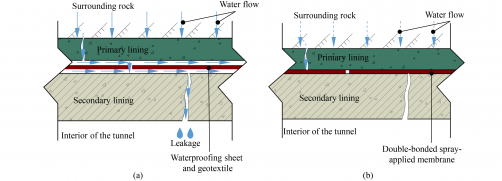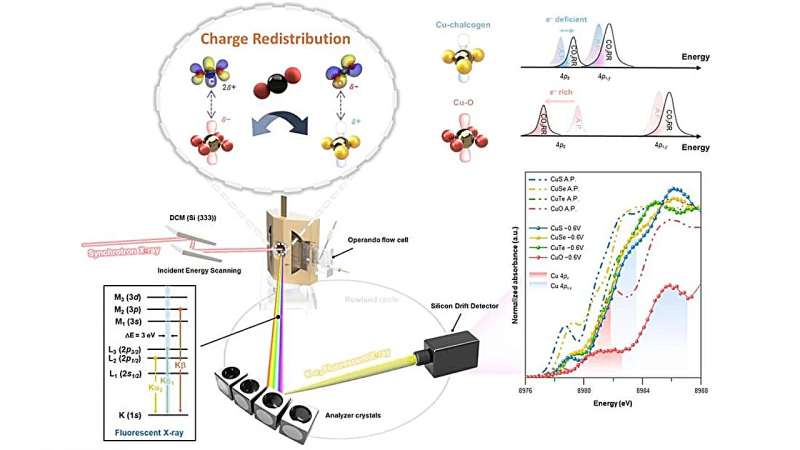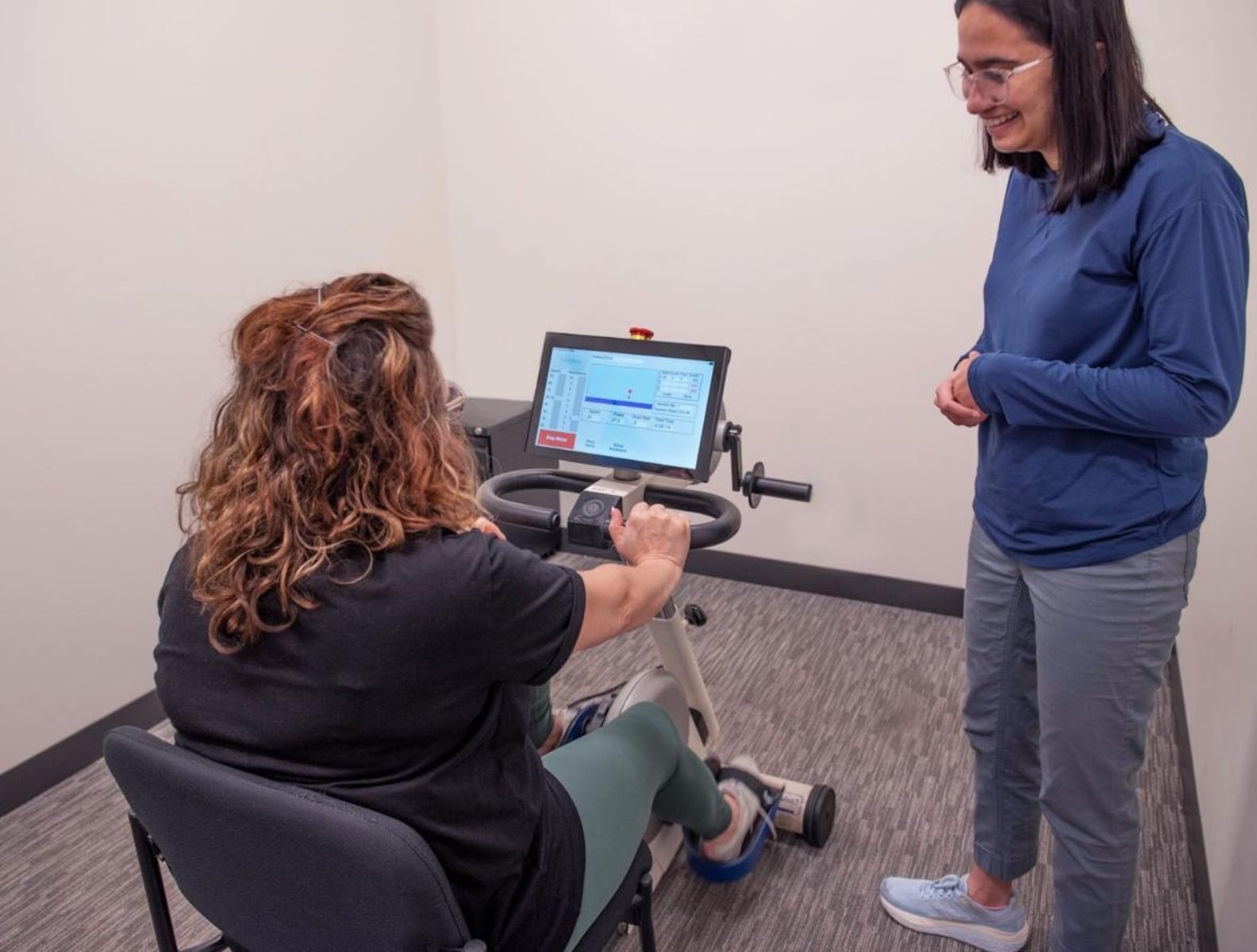In a significant advancement for tunnel engineering, researchers have unveiled a novel waterproof-drainage system designed to combat persistent water leakage issues. This innovative system utilizes double-bonded waterproofing materials, which not only enhance waterproofing capabilities but also improve the structural integrity of tunnels. The research team, which includes notable figures such as Xiaohe SUN and Chenghua SHI from Central South University, alongside experts from industry and academia, published their findings in a study titled “A Novel Tunnel Waterproof-Drainage System Based on Double-Bonded Waterproofing Materials and Its Seepage Characteristics.”
Water leakage has long been a challenge in tunnel construction, leading to accelerated aging of tunnel linings and compromising safety. Traditional waterproofing systems often utilize non-bonded sheets that fail to effectively bond with the tunnel linings. Consequently, groundwater can infiltrate between layers, resulting in leaks that jeopardize structural safety. The newly proposed system addresses these shortcomings by employing double-bonded spray membrane waterproofing materials, which not only prevent water from moving between layers but also synergize with the tunnel’s load-bearing structure.
Core Design Features of the New System
The innovative waterproof-drainage system is built around the concept of “localized drainage and pressure reduction.” Its design includes four key components:
– **Waterproof system:** This feature comprises a double-bonded spray membrane located between the primary and secondary linings, excluding the arch section, and a secondary lining made of concrete.
– **Upper circumferential drainage system:** This system includes plastic drainage sheets placed between the membrane and primary lining, along with transversal guide pipes that direct groundwater toward longitudinal pipes, ultimately leading to a central ditch.
– **Bottom circumferential drainage system:** It consists of blind pipes that collect groundwater from surrounding rock, complemented by vertical guide pipes that channel water to the central ditch.
– **Longitudinal drainage system:** This involves longitudinal blind pipes, side ditches, and a central ditch, which collectively connect transversal drainage to effectively discharge groundwater outside the tunnel.
The researchers utilized numerical simulations to analyze the seepage characteristics of the system, focusing on steady-state seepage analysis. The results revealed that the water pressure in the secondary lining exhibited distinct distributions: a circumferential “mushroom-shaped” pattern, which decreases from the top of the arch to the bottom of the tunnel, and a longitudinal “wave-shaped” distribution, with the lowest pressure at the circumferential drainage and the highest between the two drainage systems.
Significant Findings and Implications
Comparative tests conducted under typical conditions, such as a water head of 160 m and rock permeability of 10−6 m/s, demonstrated that the new system significantly reduces the maximum water pressure on the secondary lining. Results showed a maximum pressure of 0.6 MPa, which is 65% lower than the pressure observed in fully encapsulated waterproofing systems (1.7 MPa) and 30% lower than traditional drainage systems (0.86 MPa).
The applicability analysis further confirmed the system’s effectiveness across various groundwater environments. It was found to reduce static water pressure by at least 40%, with reductions reaching approximately 85% in ultra-low permeability strata (permeability of 10−7 m/s). Additionally, the study highlighted that in high-permeability rock, bottom blind pipes are most effective for drainage, while upper drainage sheets excel in low-permeability conditions, showcasing the system’s adaptability.
The comprehensive research, authored by Xiaohe SUN, Chenghua SHI, Guoqing XIAO, Yangyang GE, and Chengyong CAO, promises to enhance the safety and longevity of tunnel infrastructure worldwide. For further details, the full text of the study can be accessed at: https://doi.org/10.1007/s11709-024-1100-4.







